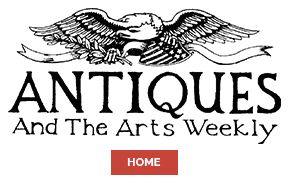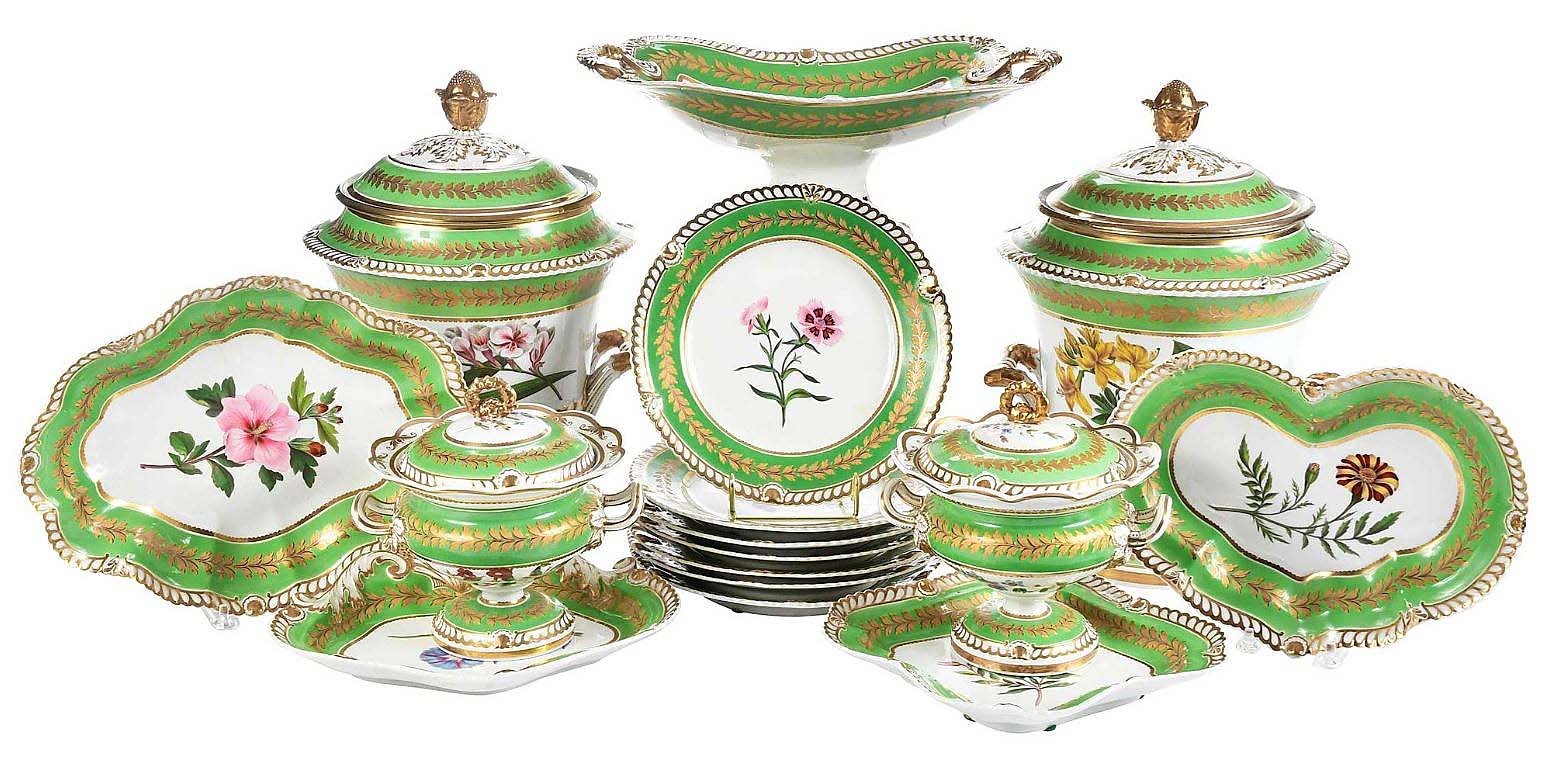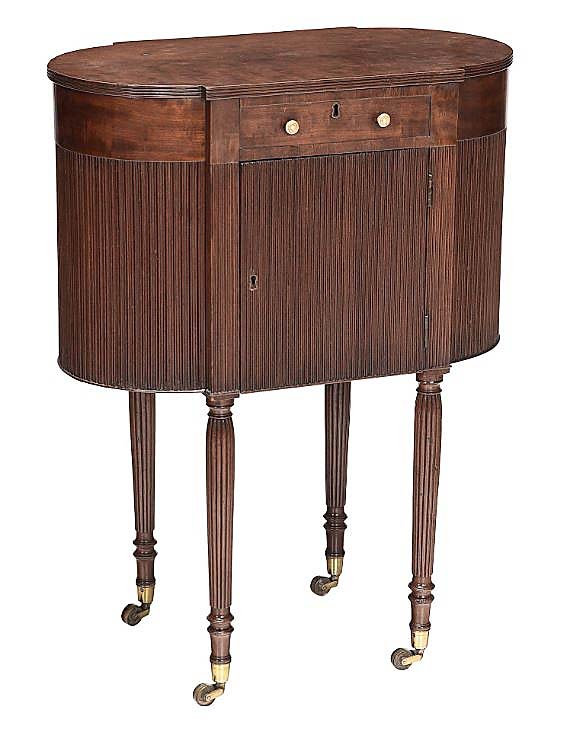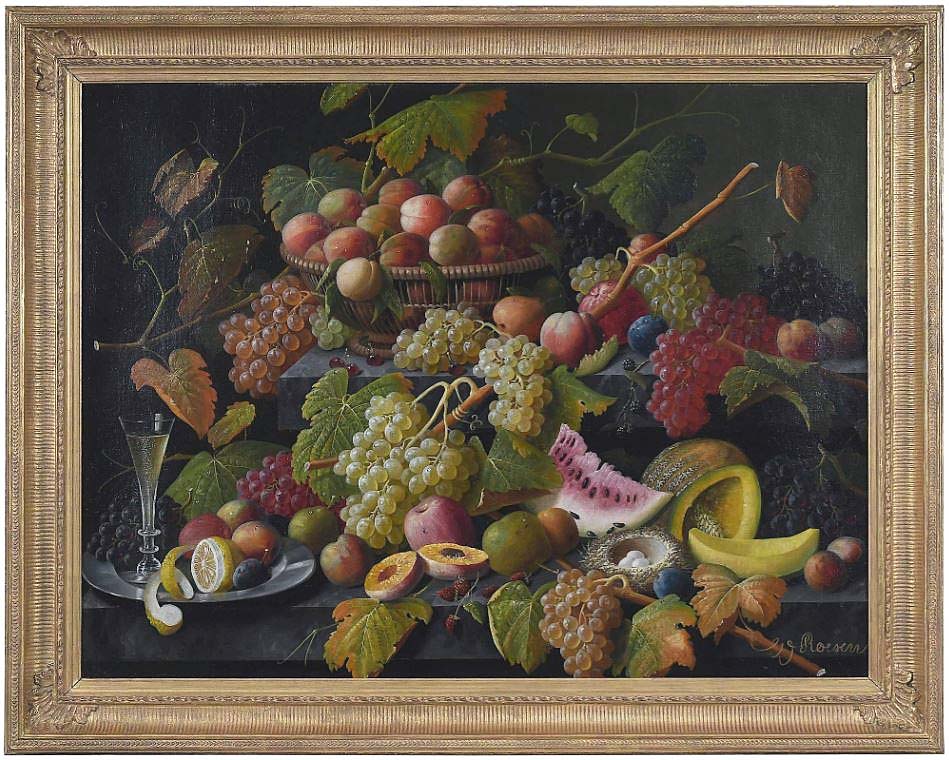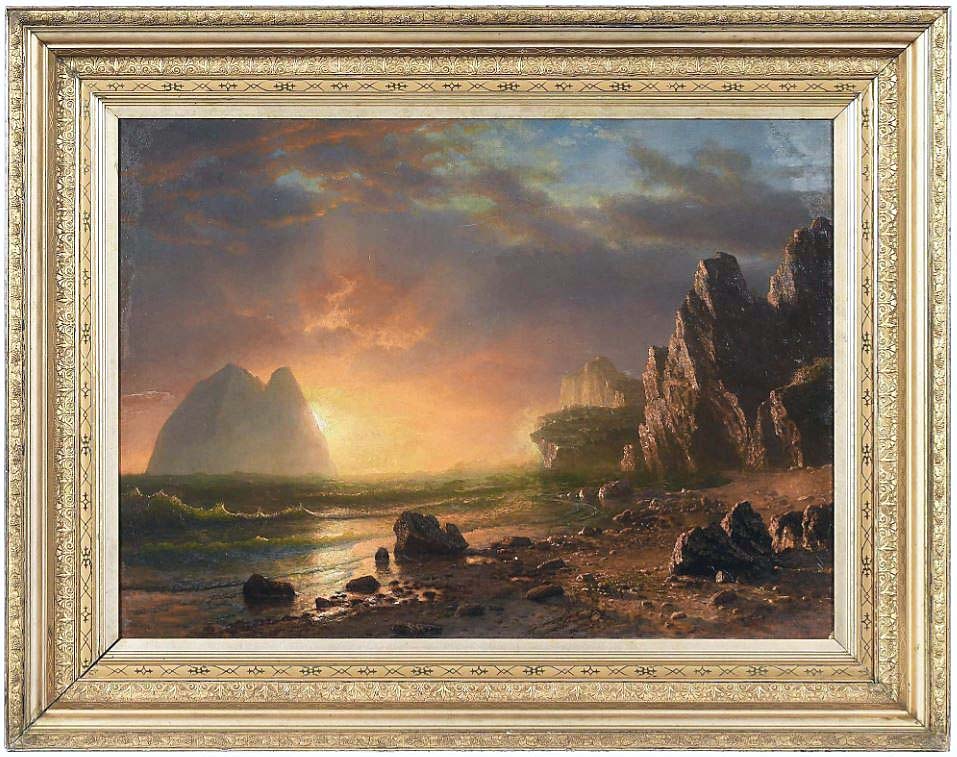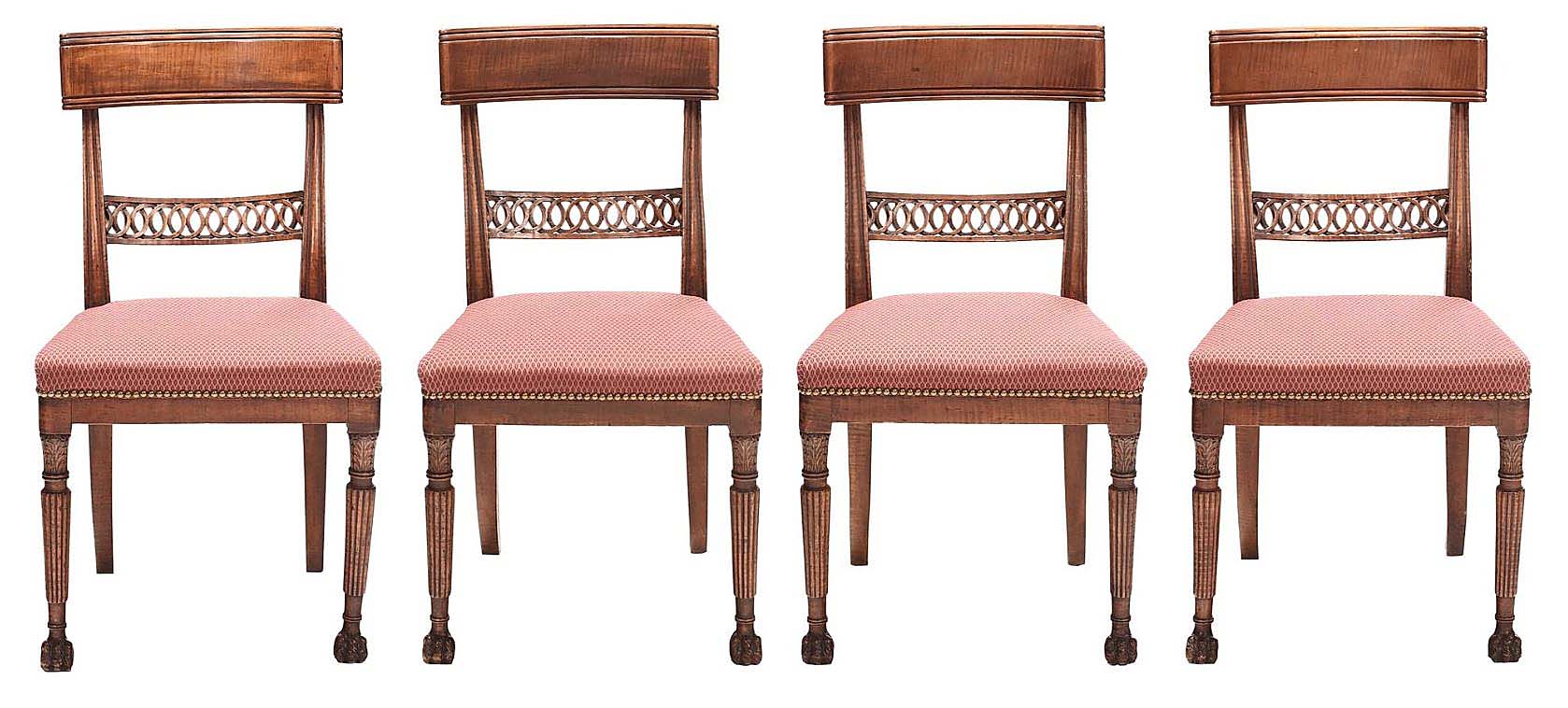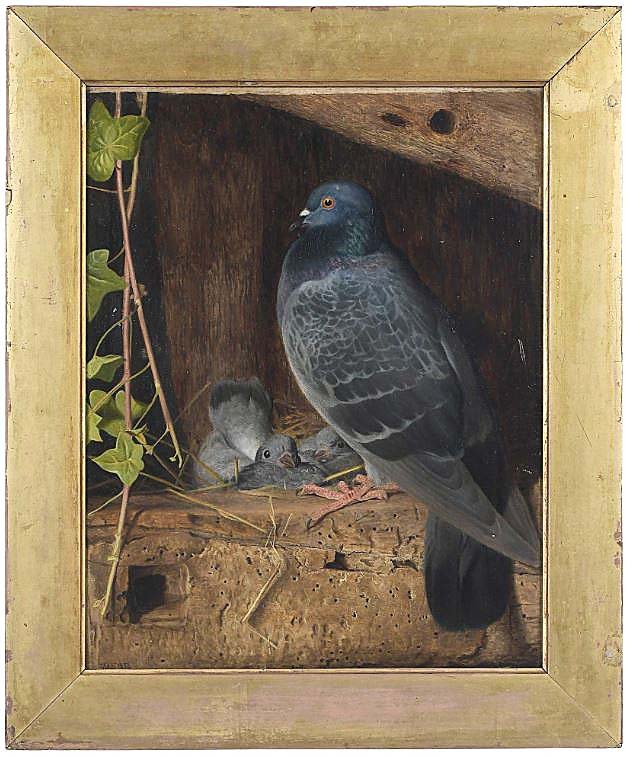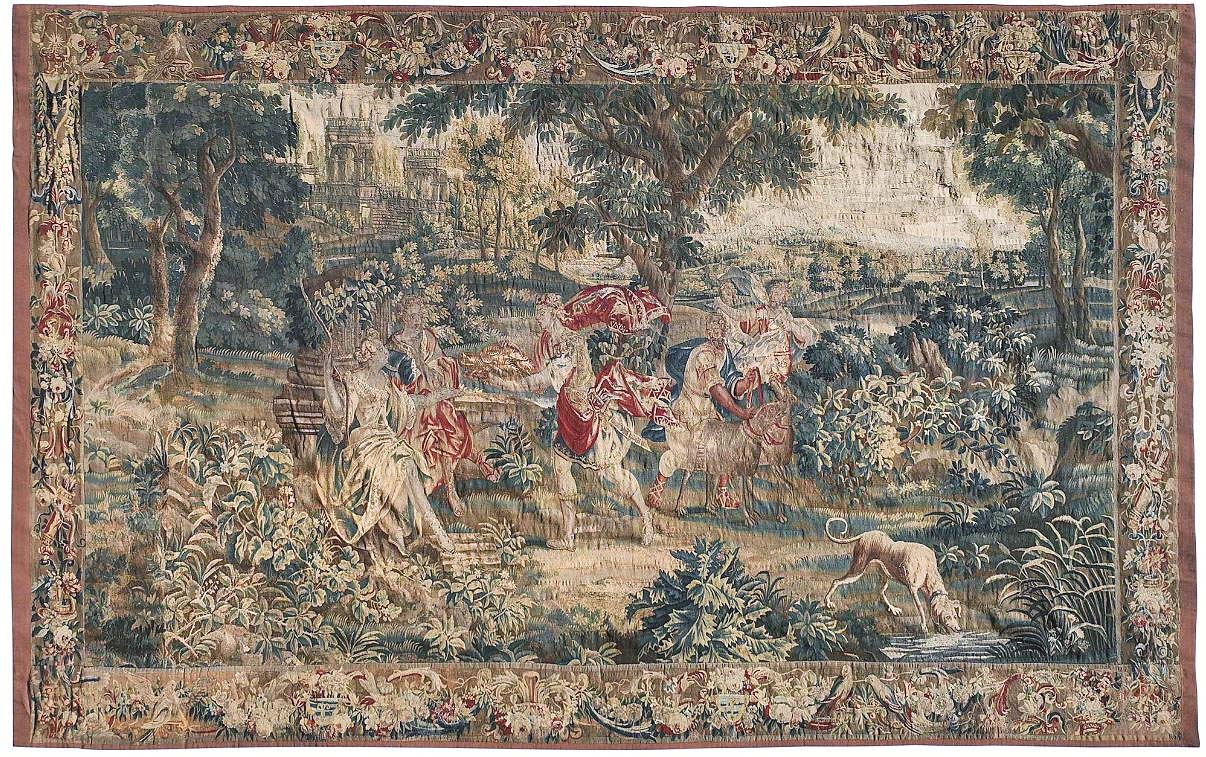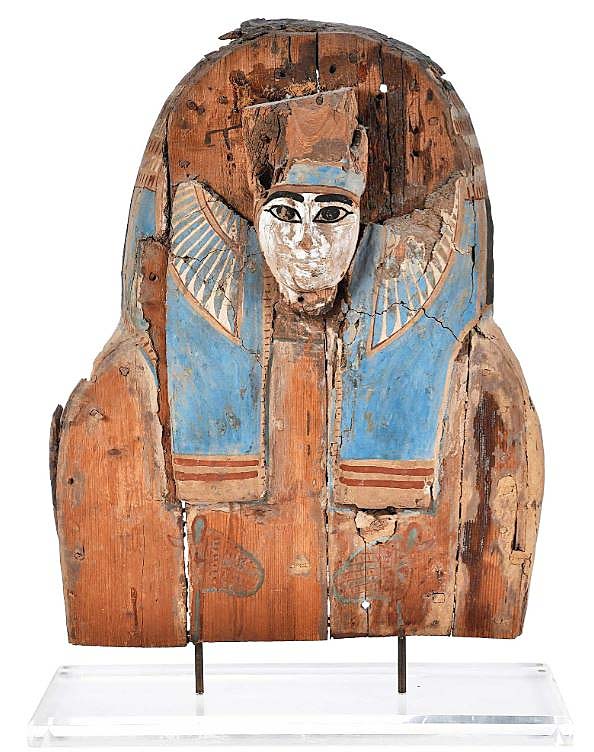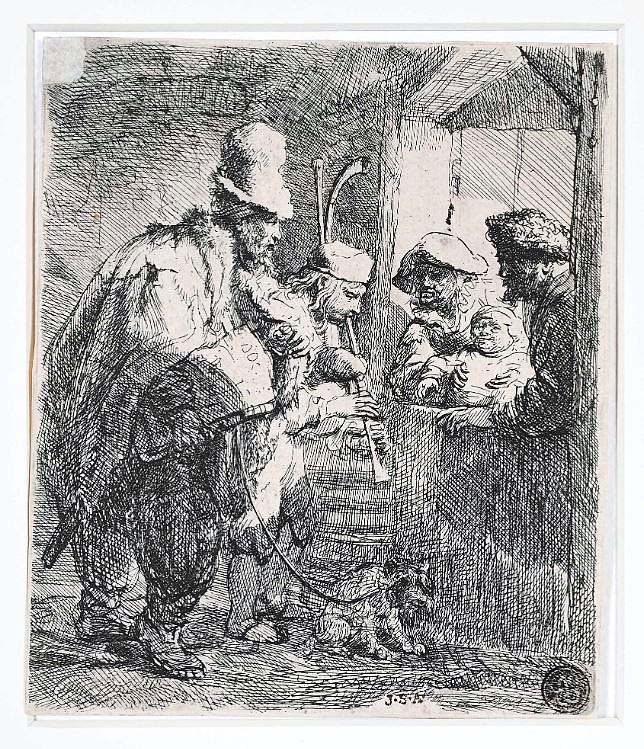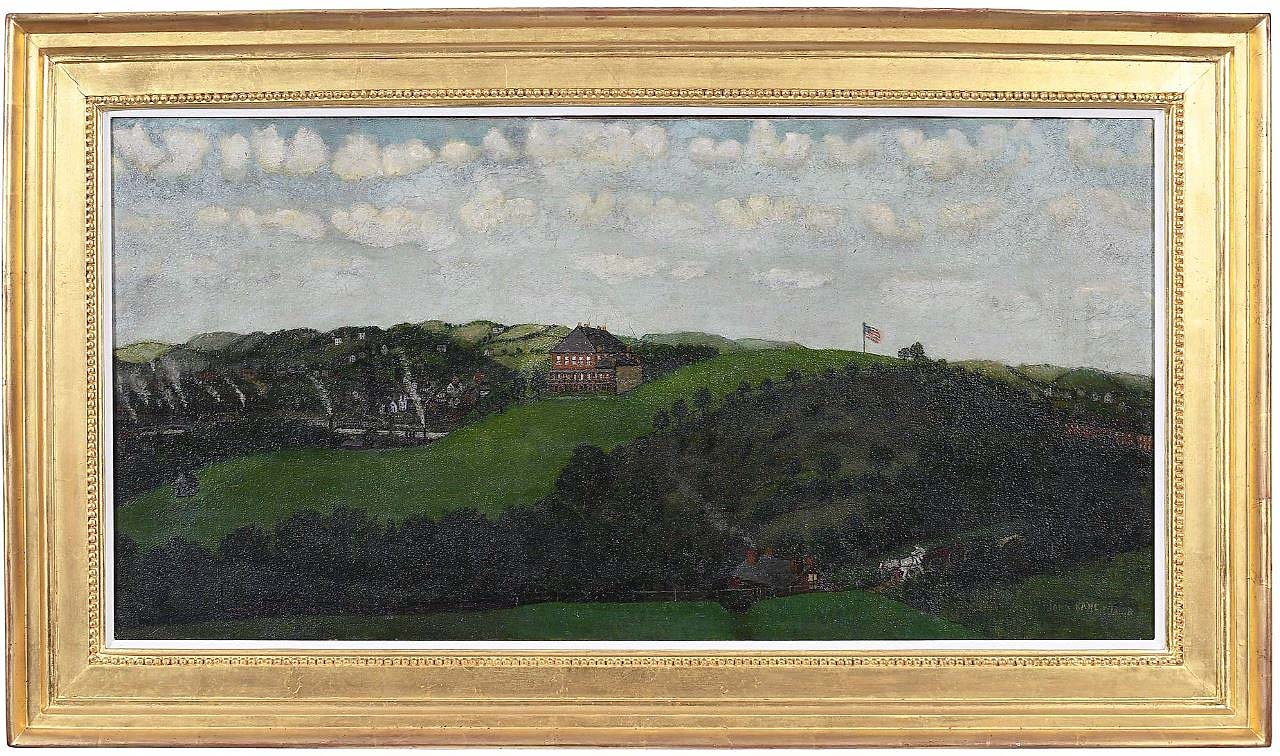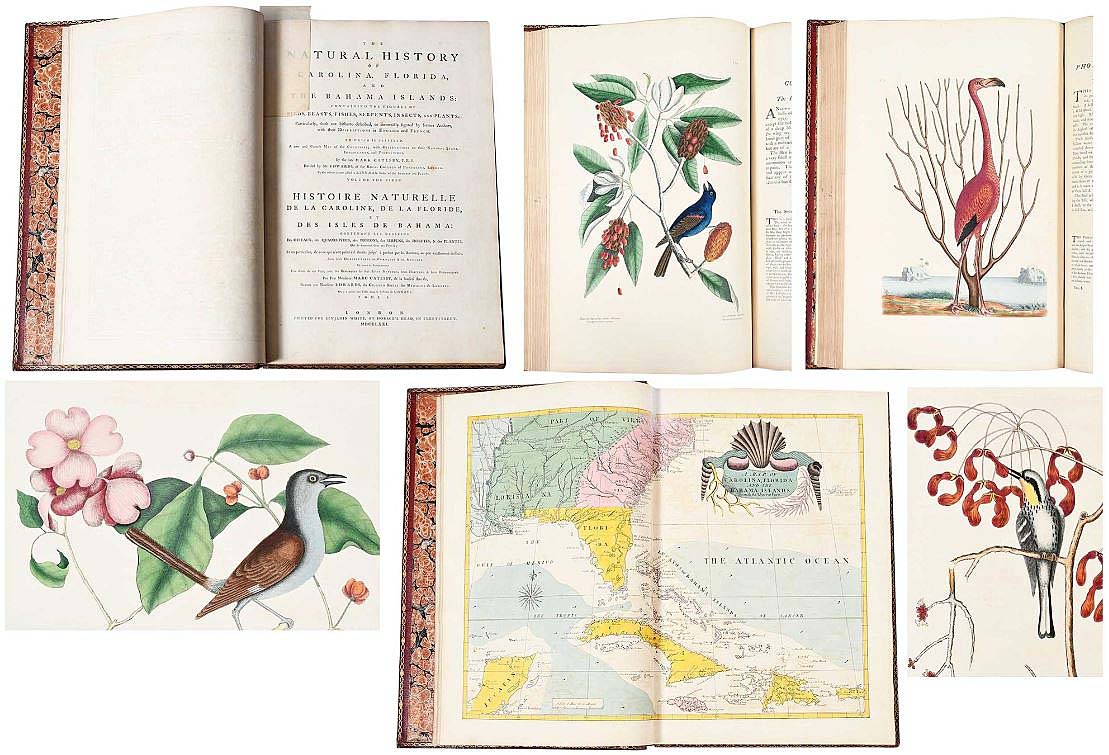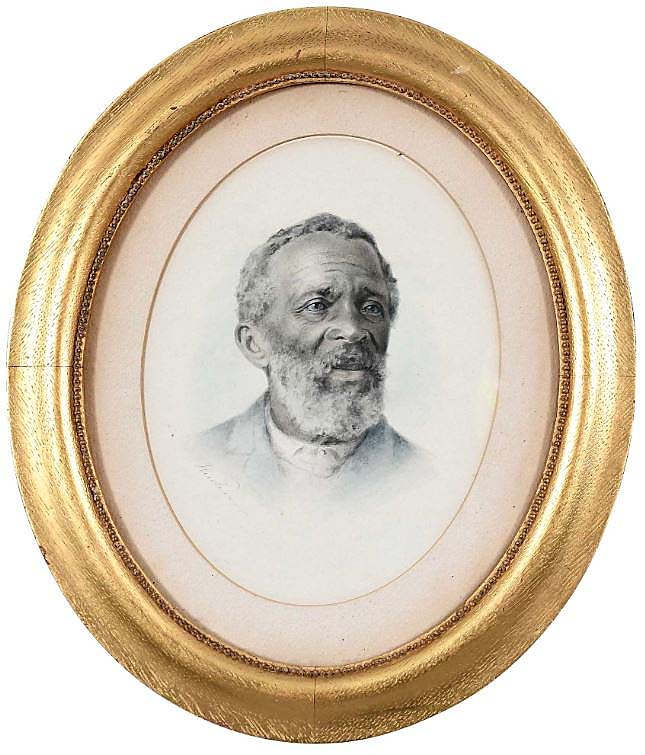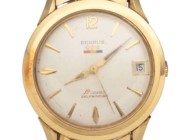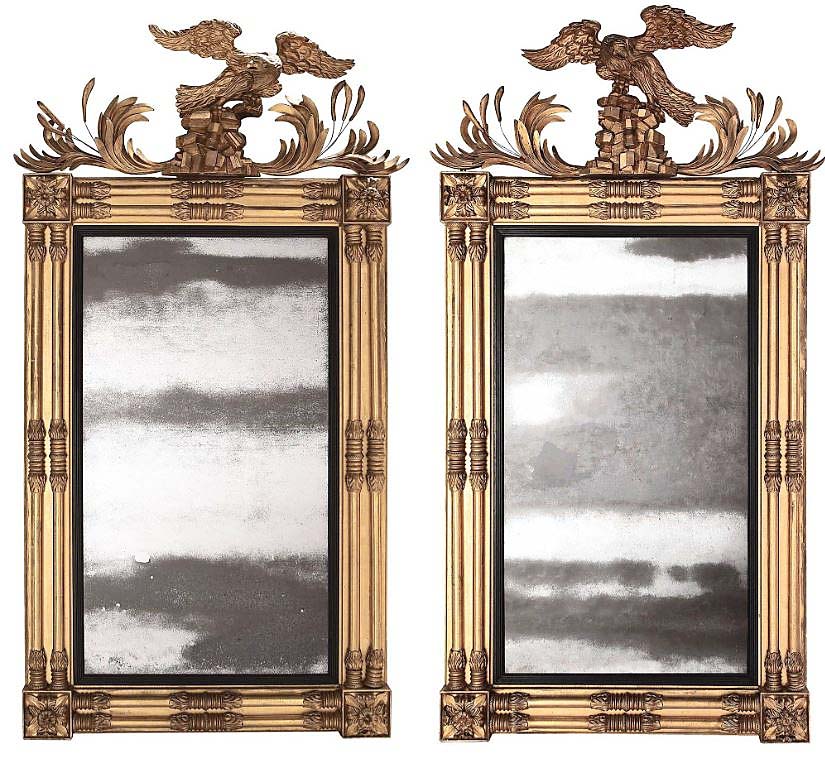
The auction catalog described this pair of Boston Classical mirrors as rare and exceptional, and they brought an equally superlative price, leading the auction at $393,600 and selling to a private collector in the room who outbid competition on the phone lines ($40/60,000).
Review by Madelia Hickman Ring
ASHEVILLE, N.C. — There are some collections, resplendent with rare and important pieces carefully amassed with a connoisseur’s eye that, when they come to market, can whet the appetite of not only new and long-active buyers but revitalize ones who have been dormant for some time. Brunk Auctions’ 199-lot sale on May 28, featuring the contents of Iris Court, a Greek Revival mansion in Moultrie, Ga., designed by Edward Vason Jones (1909-1980), was one such auction. The firm followed it with about 150 lots of British & Continental works on May 29, rounding out the week with American & Southern art and objects on May 30. In total, the company realized more than $3.5 million with about 95 percent of lots finding new homes.
“The Iris Court collection had largely been in storage for 25 years: great paintings, top quality Classical things. They paid a lot for things back in the day and it was a fun unveiling to bring things out of storage,” Andrew Brunk told Antiques and The Arts Weekly after the sale. “It felt a little bit like the old days, with the energy going in and the prices we were getting, some pretty extraordinary numbers given that it’s 2025. We had tremendous registration and were thrilled with the response.”
Topping the Iris Court sale at $393,600 was a pair of Classical giltwood looking glasses that had been made in Boston, circa 1820, that retained their original gilding and mirror plates and had been exhibited at the Metropolitan Museum of Art.
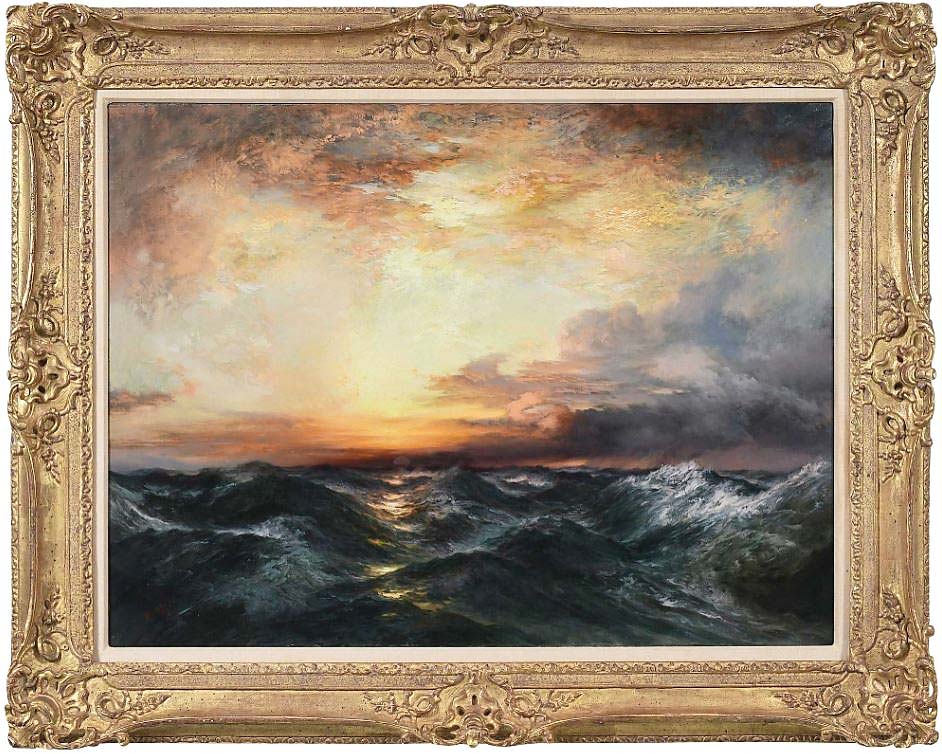
Thomas Moran’s “Pacific Sunset,” 1907, oil on canvas, 30 by 40¼ inches, traded at $221,400; an online private collector had the prevailing bid ($80/120,000).
Artwork at Iris Court was by many blue-chip American artists such as Albert Bierstadt (1830-1902), Thomas Moran (1837-1926), Severin Roesen (German American, circa 1815-1871), Jasper Francis Cropsey (1823-1900) and John William Casilear (1811-1893), among others. Bierstadt’s 1866 landscape titled “Sunset on the Coast” had provenance to the Vose Gallery in Boston and found a new home with a private collector, bidding online, for $295,200. It is included in the artist’s catalogue raisonné.
Another painting that will be listed in the artist’s catalogue raisonné was Thomas Moran’s “Pacific Sunset,” which also sold to an online private collector; in this instance, the final price was $221,400, the sale’s third-highest price.
The leading scholar on Severin Roesen’s works, Judith O’Toole, said the artist’s “Nature’s Bounty” was “a prime example of Roesen’s work showing a bountiful selection of fruits arranged on two marble tiers and including his signature in the form of a grape tendril.” The lush still life proved tempting to multiple bidders and it achieved $79,950, also from an online collector.
The furniture at Iris Court was no less blue-chip and the collection was rich in high style early Nineteenth Century pieces made by some of the most prominent cabinetmakers working in New York City, Boston, Philadelphia and Baltimore. A Classical carved, figured and parcel gilt mahogany breakfront, made in New York City around 1815 and attributed to Duncan Phyfe, exceeded its estimate and brought $123,000 from a private collector. The imposing piece related to one that descended in the Telfair family of Savannah, Ga., and was illustrated in Duncan Phyfe: Master Cabinetmaker in New York by Peter M. Kenny, Michael K. Brown, Frances F. Bretter and Matthew A. Thurlow (New York: Metropolitan Museum of Art, 2011). The link a Classical worktable had to Duncan Phyfe came in the form of a label on the back of the cupboard section that read “D. Phyfe’s Cabinet Warehouse No. 35 Partition street. New-York.” Its history of ownership in the family of Henry MacFarlan (1772-1830) and the collection of C. Ray Franklin, as well as inclusion in several publications, boosted its profile and it sewed up a $73,800 result, from a trade buyer.
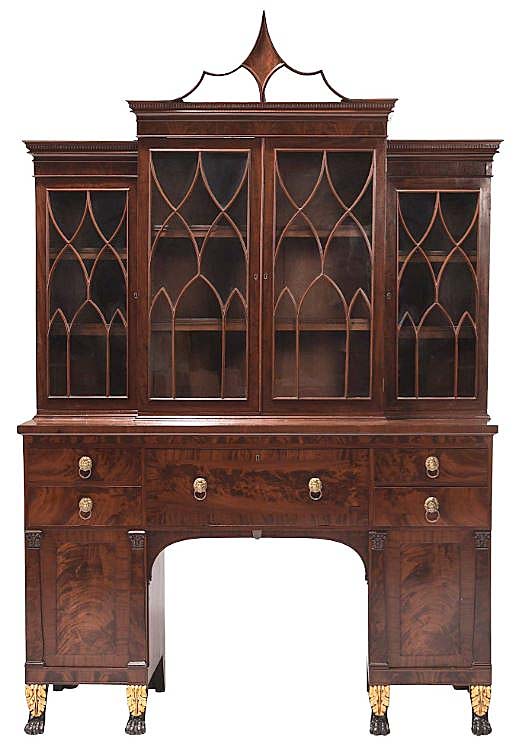
A phone bidding private collector paid $123,000 for this Classical mahogany breakfront attributed to Duncan Phyfe, New York City, circa 1815 ($60/90,000).
British & Continental
Flying to $27,060 to lead the British & Continental auction was a painting of a pigeon and nestlings by William James Webbe (British, 1830-1904), which had been exhibited in an 1858 exhibition at the Liverpool Academy. An online trade buyer had the top bid. The ornithological theme continued with a lush still life painting that featured a blue-throated macaw. Though there was no artist attribution, and it was catalogued as American or British School, the 26-by-28-inch composition was being deaccessioned by the Colonial Williamsburg Foundation; it finished in second place at $19,680, more than 10 times its high estimate.
Objects were varied in age and form. Bringing $7,995 was a late Seventeenth or early Eighteenth Century Flemish tapestry, deaccessioned from the Brooklyn Museum, while a possibly Late Period Egyptian polychromed wood and cartonnage sarcophagus fragment, 653-332 BCE, had provenance to two collections and may have been given as a gift from Anwar Sadat. It achieved $6,150.
The same result — $6,150 — was realized by an Eighteenth Century Dutch silver candlesnuffer and stand that came to auction from a private North Carolina collection.
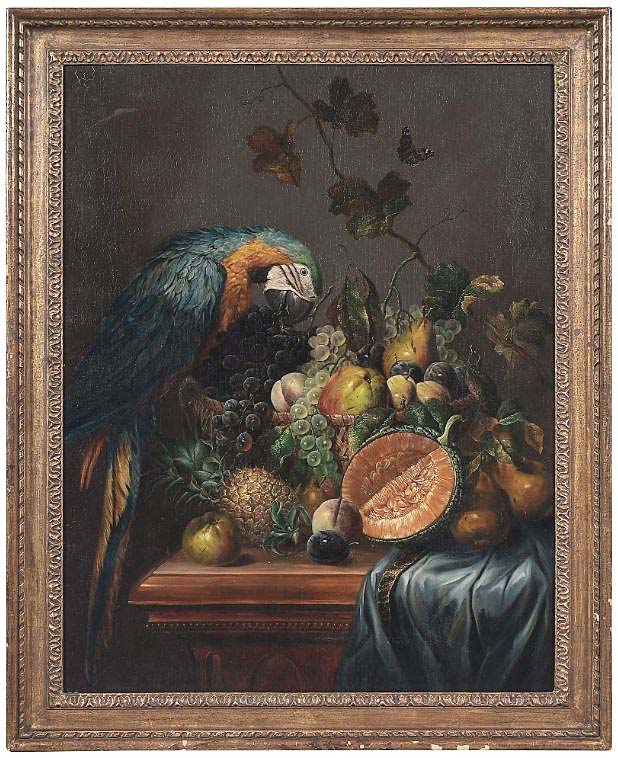
The Colonial Williamsburg Foundation provenance of this American or British School still life with blue macaw undoubtedly helped boost interest. A trade buyer, bidding online, fended off competition and won it for $19,680 ($1/1,500).
American & Southern
A 1928 landscape depicting Pittsburgh’s Schenley Mansion by Scottish American painter John Kane (1860-1934) settled at $159,900, the highest price of the American & Southern auction, on the third and final day. It had been exhibited at the Museum of Modern Art and published in a 1938 monograph on the artist: Sky Hooks, The Autobiography of John Kane (Philadelphia: J. B. Lippincott Company).
The third edition of the first volume of Mark Catesby’s The Natural History of Carolina, Florida, and the Bahama Islands: containing the figures of Birds, Beasts, Fishes, Serpents, Insects and Plants (London, 1771) featured bookplates that documented the book’s provenance: N. Philips, Alfred Ashworth of Horsley Hall, Gresford, UK, Brentano’s (New York City) and the Aiken, S.C., estate of Michael L. Laughlin. A trade buyer took it past its high estimate, closing it out at $56,580.
Leading the furniture category in the sale was a Federal mahogany sofa that descended in the Stockton, Johns and Van Dyke families of Newcastle, Del.; it settled at $13,530.
Ann Horry Deas Lesesne (1812-1850) was a member of a prominent South Carolina family of plantation owners and politicians; her circa 1820s silk on silk needlework sampler nearly tripled its high estimate when it achieved $11,070.
Brunk Auctions will have a Premier Summer sale on June 25, a Native American art sale on June 26 and, on July 16, a Premier Auction featuring the estate of Diane Parker. The next British & Continental and American & Southern auctions, are scheduled for September 9 and 11, respectively.
Prices quoted include the buyer’s premium as reported by the auction house. For additional information, 828-254-6846 or www.brunkauctions.com.
